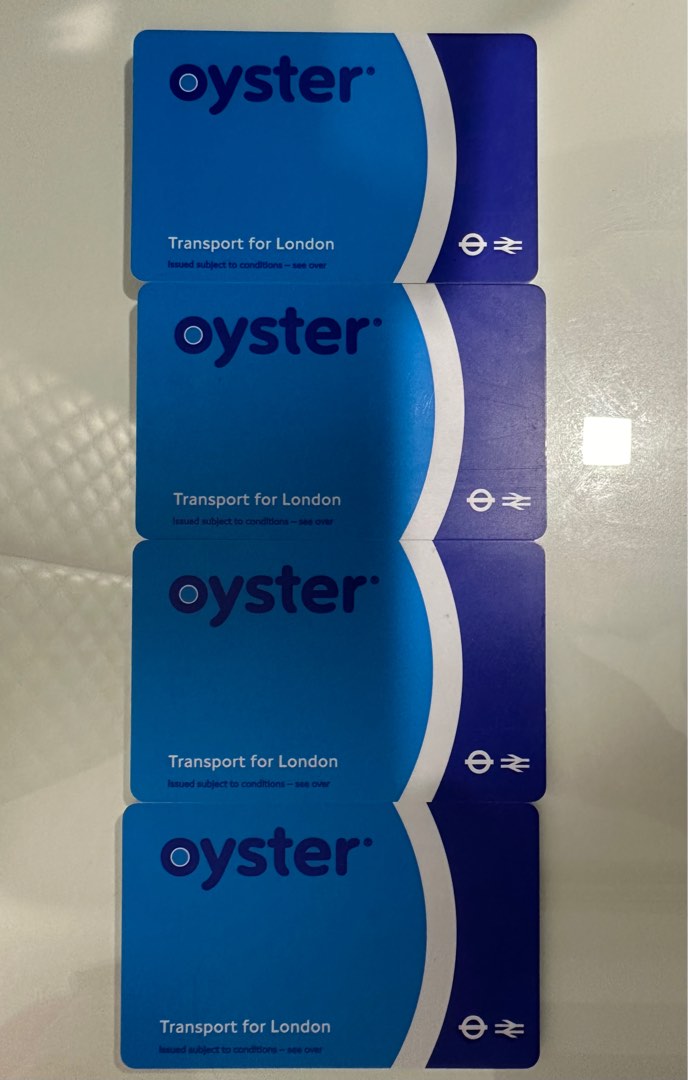When visiting London, navigating the city’s extensive transportation network can be a challenge. From the iconic red buses to the deep underground Tube system, the options are vast. However, with the right travel card, you can save money, time, and hassle. This article explores the best travel options for visitors, focusing on Oyster cards, Travelcards, and the growing popularity of Forex travel cards.
What is an Oyster Card?
An Oyster card is a smartcard used for public transport in London. It functions similarly to a Visitor Oyster card, which is specifically designed for tourists. The main difference is that a standard Oyster card requires a £5 refundable deposit, while the Visitor Oyster card does not. Both cards allow users to top up credit online and add electronic 7-day Travelcards, making them convenient for travelers who plan multiple trips within a short period.
The Oyster card is accepted on all forms of Transport for London (TfL) services, including the Underground, trams, buses, and some river boats. One of its key advantages is the daily and weekly price caps, which ensure that you never pay more than the equivalent of a Travelcard for your journeys.
Visitor Oyster Card: A Tourist-Friendly Option

For those planning to visit London, the Visitor Oyster card is often the best choice. It is available for purchase online before arrival or at TfL stations, visitor centers, and Oyster ticket shops. The card is ideal for tourists who may not need to use public transport every day or who are traveling within a limited area.
The cost of a Visitor Oyster card varies depending on the zones you plan to travel in. For example, a Day Anytime Travelcard for Zones 1-2 costs £7.00, while a 7-day Travelcard for Zones 1-6 is capped at £12.80. These prices are generally lower than buying single tickets, especially if you make multiple journeys.
Is an Oyster Card Cheaper Than a Travelcard?
In most cases, using an Oyster card is cheaper than purchasing a traditional Travelcard. The daily and weekly price caps on Oyster cards ensure that you never pay more than the equivalent of a Travelcard for your journeys. However, there are exceptions. If you make three or more journeys over six days within a seven-day period, a Travelcard might be more cost-effective.
Additionally, the Oyster card offers flexibility. You can top up your balance as needed, and any remaining credit can be refunded when you return the card. This makes it a great option for short-term visitors who don’t want to commit to a long-term pass.
How Much Does a Travelcard Cost?
Travelcards come in different types, including Day, Weekly, and Monthly passes. The prices vary based on the zones you’re traveling in. For example:
- Day Anytime Travelcard: £8.80 for Zones 1-2
- Weekly Travelcard: £30.40 for Zones 1-2
- Monthly Travelcard: £116.80 for Zones 1-2
These prices can add up quickly, especially for frequent travelers. That’s where the Oyster card shines, offering a more cost-effective alternative with daily and weekly caps.
The Role of Forex Travel Cards in International Travel

While Oyster cards are perfect for London, they are not suitable for international travel. For globetrotters, a Forex travel card can be a game-changer. Unlike traditional debit or credit cards, a Forex travel card allows you to load foreign currency onto a prepaid card, eliminating the need to carry large amounts of cash or deal with fluctuating exchange rates.
Forex cards offer several advantages, including enhanced security, no hidden fees, and the ability to manage multiple currencies on a single card. They also provide real-time transaction tracking, helping you stay within your budget while traveling.
One of the leading providers of Forex travel cards is Thomas Cook. Their cards offer competitive exchange rates, 24/7 customer support, and the convenience of online reloading. Whether you’re traveling to Europe, Asia, or the Americas, a Forex card ensures that your money is always accessible and secure.
Choosing the Right Travel Card for Your Needs
Deciding between an Oyster card, a Travelcard, or a Forex travel card depends on your travel plans and preferences. If you’re staying in London for a short time and making multiple trips, an Oyster card is likely the best option. For longer stays or specific zone coverage, a Travelcard might be more cost-effective. And for international travel, a Forex card provides unmatched convenience and security.
Conclusion
Navigating London’s public transport doesn’t have to be overwhelming. With the right travel card, you can enjoy the city’s many attractions without worrying about the cost or complexity of getting around. Whether you choose an Oyster card, a Travelcard, or a Forex travel card, each option has its own benefits, and the best choice will depend on your individual needs.
By understanding the differences between these travel options, you can make informed decisions that enhance your travel experience and help you save money along the way.



